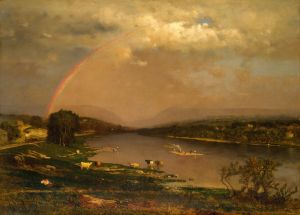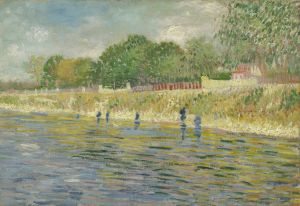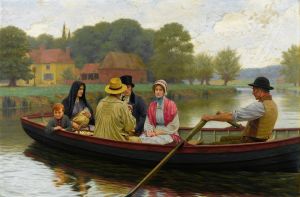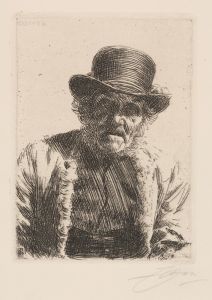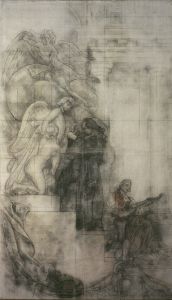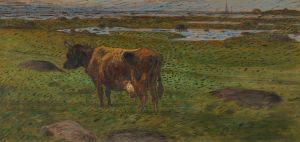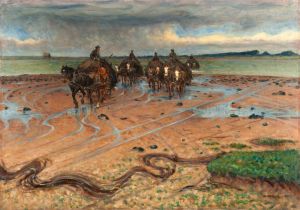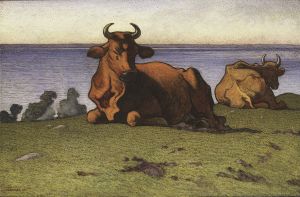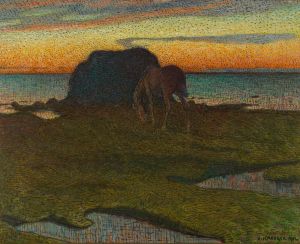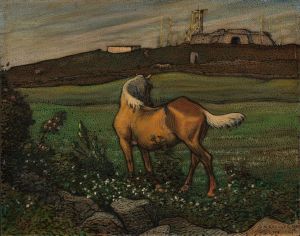
Rainbow
A hand-painted replica of Nils Kreuger’s masterpiece Rainbow, meticulously crafted by professional artists to capture the true essence of the original. Each piece is created with museum-quality canvas and rare mineral pigments, carefully painted by experienced artists with delicate brushstrokes and rich, layered colors to perfectly recreate the texture of the original artwork. Unlike machine-printed reproductions, this hand-painted version brings the painting to life, infused with the artist’s emotions and skill in every stroke. Whether for personal collection or home decoration, it instantly elevates the artistic atmosphere of any space.
"Rainbow" is a painting by the Swedish artist Nils Kreuger, created in 1899. Kreuger, born on October 11, 1858, in Kalmar, Sweden, was a prominent figure in the Swedish art scene and a member of the artist colony in Varberg. He is known for his landscape paintings that often depict the Swedish countryside with a focus on light and atmosphere.
The painting "Rainbow" exemplifies Kreuger's skill in capturing the transient effects of light and weather. It portrays a rural landscape under a dramatic sky, with a vivid rainbow arching across the scene. The composition is balanced, with the rainbow serving as a focal point that draws the viewer's eye. Kreuger's use of color is particularly notable; the muted tones of the landscape contrast with the bright, spectral colors of the rainbow, creating a striking visual effect.
Kreuger was influenced by the French Barbizon school, which emphasized plein air painting and the depiction of natural light. This influence is evident in "Rainbow," where the artist's attention to the changing light conditions and atmospheric effects is apparent. The painting reflects Kreuger's interest in the natural world and his ability to convey its beauty and complexity.
Throughout his career, Kreuger was associated with the Varberg School, a group of artists who were inspired by the natural landscapes of the Halland region in Sweden. The Varberg School artists, including Kreuger, were known for their innovative approaches to landscape painting, often incorporating elements of symbolism and impressionism. "Rainbow" is a testament to Kreuger's mastery of these techniques and his ability to blend them seamlessly into his work.
Kreuger's contributions to Swedish art were significant, and his works are held in high regard. "Rainbow" is housed in the Nationalmuseum in Stockholm, Sweden, which holds an extensive collection of Kreuger's paintings. The Nationalmuseum is the central museum of art and design in Sweden and plays a crucial role in preserving and showcasing the nation's artistic heritage.
In summary, "Rainbow" by Nils Kreuger is a notable example of Swedish landscape painting from the late 19th century. It highlights Kreuger's expertise in capturing the ephemeral qualities of light and weather, as well as his connection to the Varberg School and the broader European art movements of his time. The painting remains an important piece within the Nationalmuseum's collection, reflecting both Kreuger's individual talent and the rich tradition of Swedish landscape art.





